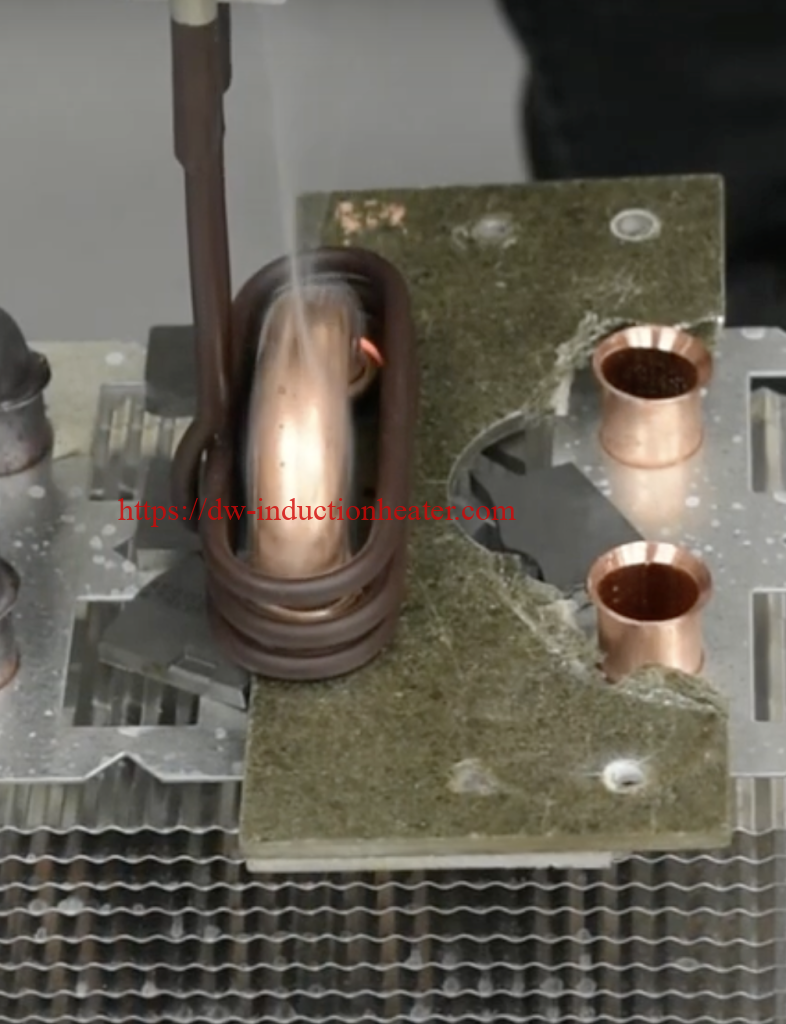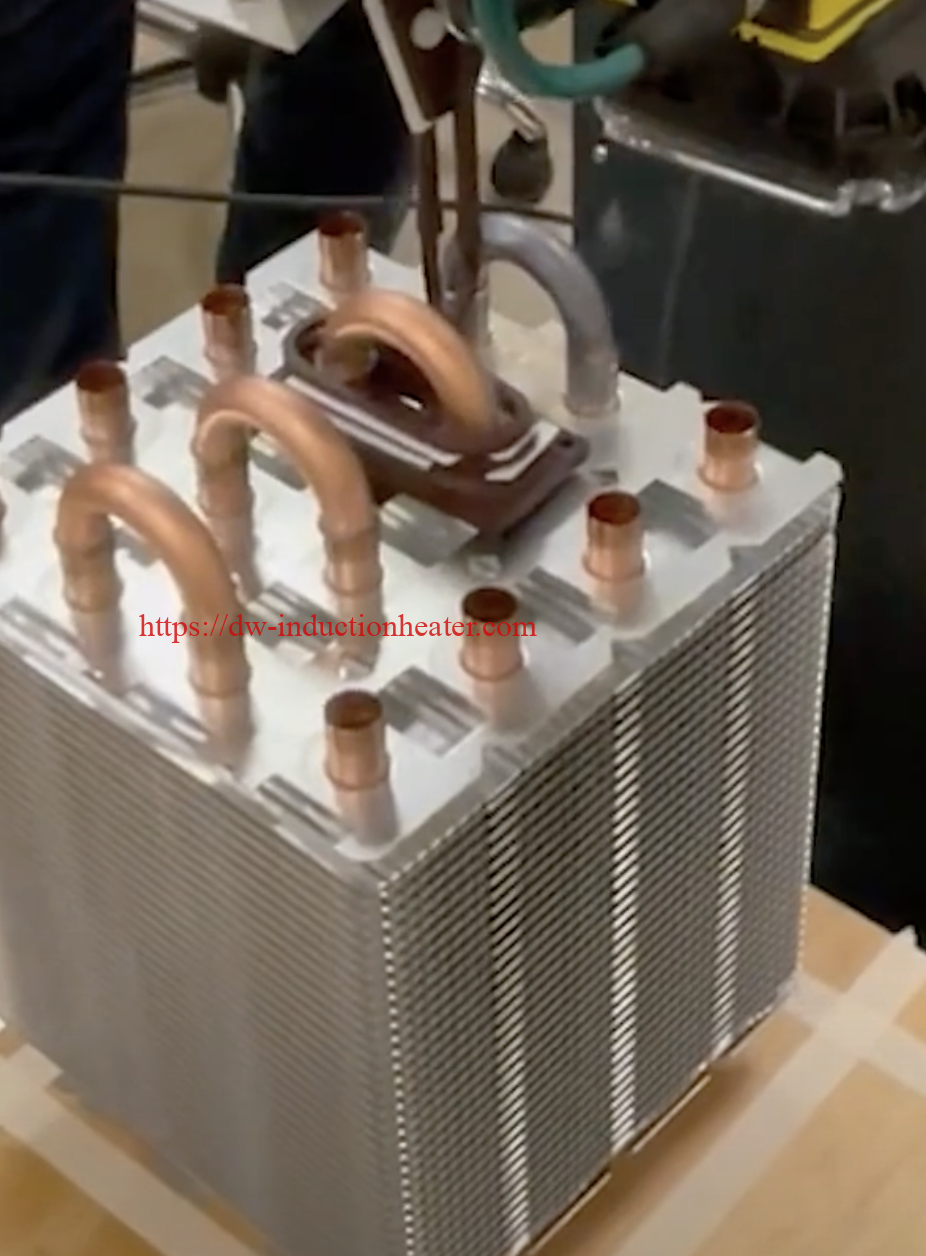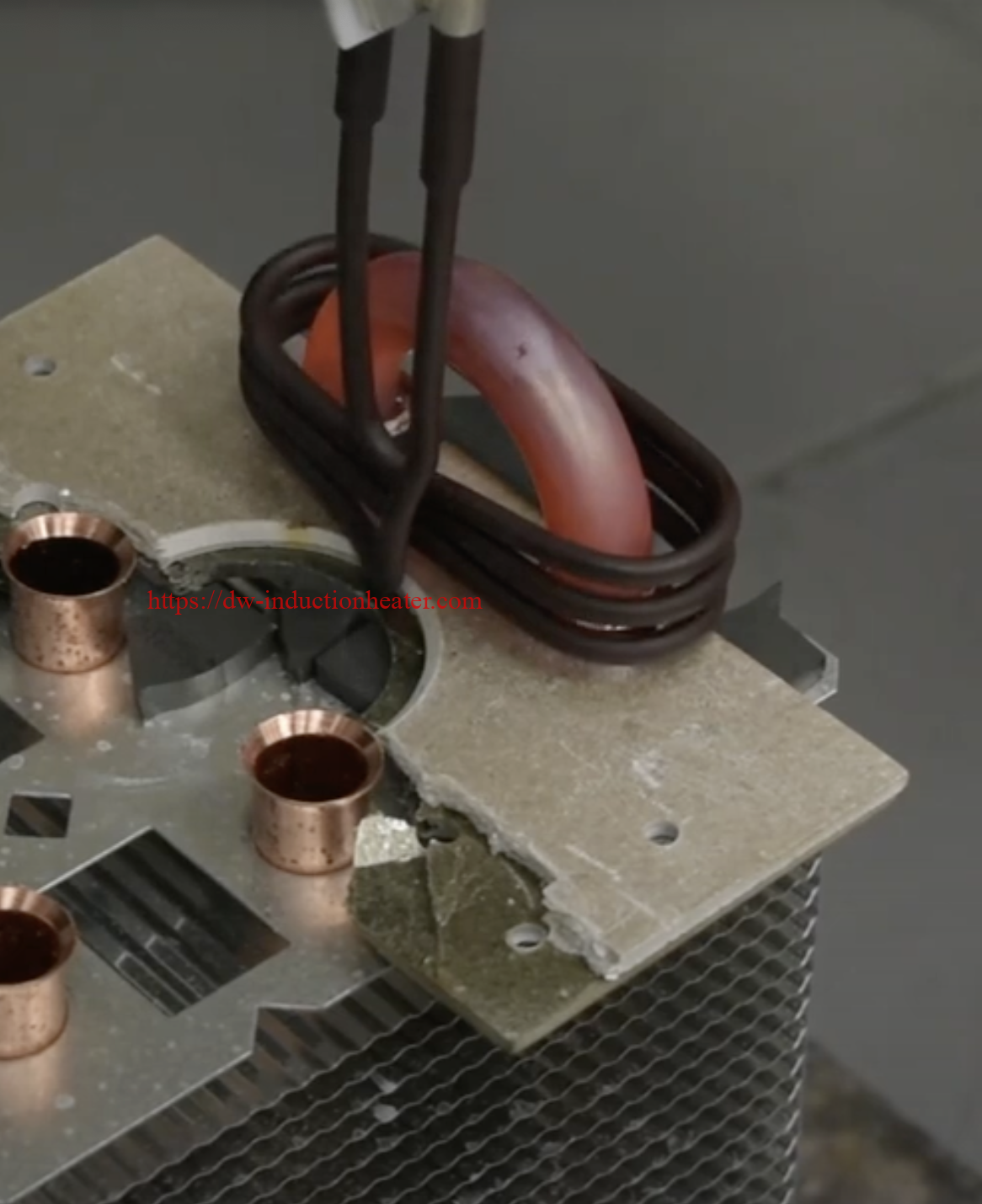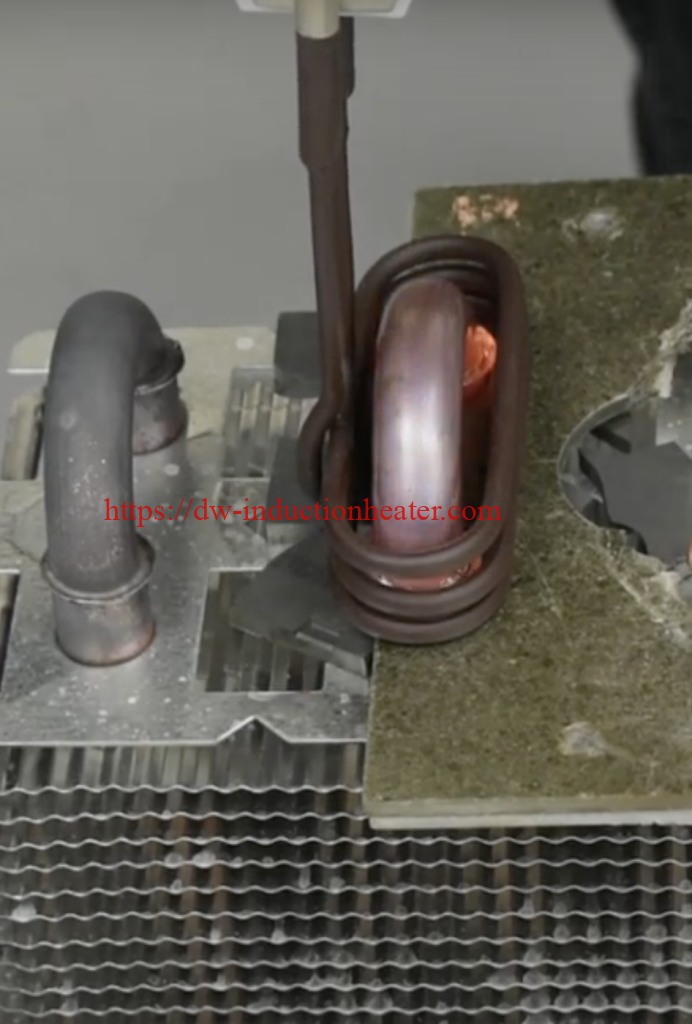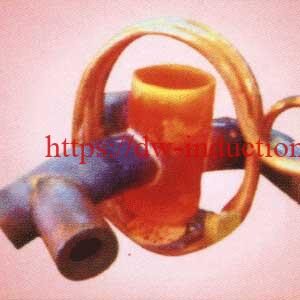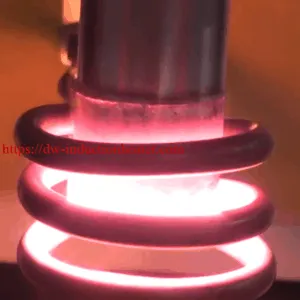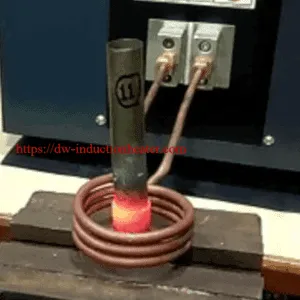-
1/8
-
2/8
-
3/8
-
4/8
-
5/8
-
6/8
-
7/8
HVAC Brazing with Induction Heating System
HVAC Brazing with Induction Heating System: A Complete Guide to Optimizing Performance
Brazing is one of the most critical processes in HVAC (Heating, Ventilation, and Air Conditioning) systems for creating durable, leak-proof joints in pipes and components. Among the many brazing technologies available, induction heating systems have revolutionized HVAC brazing by offering consistent precision, energy efficiency, and faster processing times. In this guide, we’ll explore everything HVAC professionals need to know about brazing with induction heating systems, including their benefits, applications, techniques, and best practices.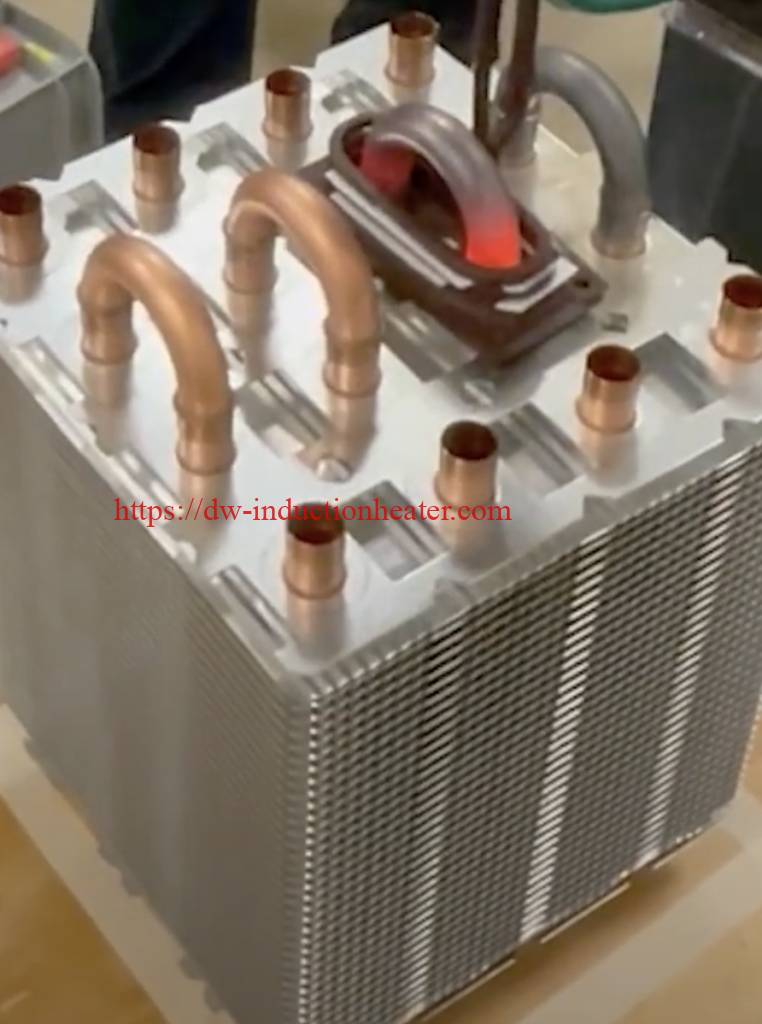
Table of Contents
- Introduction to Brazing in HVAC Systems
- The Importance of Brazing for HVAC Assemblies
- Why Induction Heating is Taking Over Traditional Brazing Methods
- What is an Induction Heating System?
- The Science Behind Induction Brazing
- Components of an Induction Heating System
- How Induction Brazing Works in HVAC Applications
- Key Steps in the Induction Brazing Process
- Precision and Temperature Control for HVAC Systems
- Benefits of Brazing HVAC Systems with Induction Heating
- Superior Joint Strength and Quality
- Energy Savings and Improved Productivity
- Clean and Environmentally Friendly Operations
- Induction Brazing vs. Torch Brazing in HVAC
- Efficiency Comparison
- Safety and Cost-Effectiveness
- Critical Components and Materials Used in HVAC Brazing
- Types of Alloys and Filler Metals for HVAC Applications
- Compatibility with Induction Systems
- Best Practices for HVAC Brazing with Induction Heating Systems
- Setting Up Your Heating System for Optimum Effectiveness
- Cleaning, Alignment, and Heat Control
- Common Problems and Troubleshooting in Induction HVAC Brazing
- Addressing Improper Joints and Cracks
- Overheating and Material Failures
- Future Trends in HVAC Brazing Technology
- Innovations in Induction Heating Technology
- Growing Focus on Sustainable HVAC Solutions
- FAQs on Brazing HVAC Systems with Induction Heating
- Conclusion: Why Induction Heating is the Gold Standard for HVAC Brazing
1. Introduction to Brazing in HVAC Systems
The Importance of Brazing for HVAC Assemblies
Brazing is the process of joining two metal components by melting a filler metal without melting the base materials. In the HVAC industry, brazing is critical for connecting copper pipes, aluminum tubes, or other essential units while maintaining the system’s structural integrity and leak resistance. Whether assembling refrigeration coils, heat exchangers, or compressors, precise brazing is key to ensuring optimal system performance.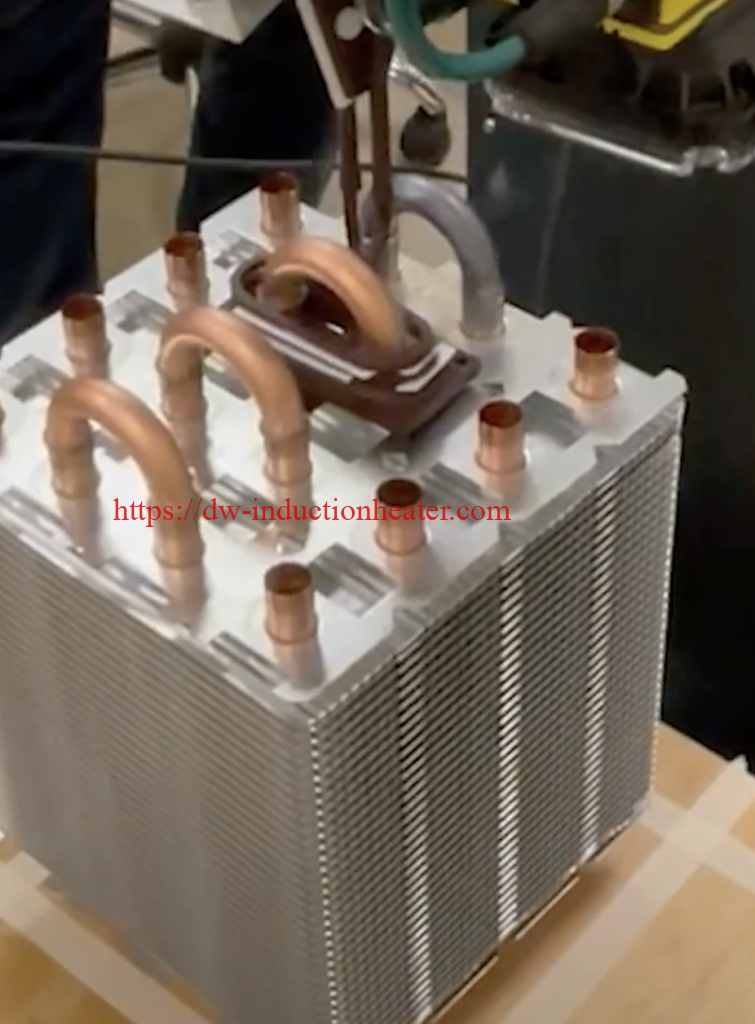
Why Induction Heating is Taking Over Traditional Brazing Methods
Traditional torch brazing involves open flames, which make the process less reliable and prone to operator errors. Induction heating systems, on the other hand, deliver unmatched control and uniform heating. This eliminates inconsistencies, reduces risks, and ensures long-lasting joints—qualities HVAC professionals now consider essential.
2. What is an Induction Heating System?
The Science Behind Induction Brazing
Induction heating works on the principle of electromagnetic induction, where an alternating current passes through a coil to generate a magnetic field. When a conductive material (like metal pipes) is placed within this field, it heats up due to induced electrical currents, known as eddy currents. By precisely controlling the heat’s intensity and location, induction systems are ideal for brazing.
Components of an Induction Heating System
- Induction Coil: Used to create the magnetic field that generates heat.
- Power Supply: Provides the energy for the induction process.
- Workhead: Transfers energy from the power supply to the induction coil.
- Temperature Sensors and Controllers: Ensure real-time monitoring for accurate heat application.

3. How Induction Brazing Works in HVAC Applications
Key Steps in the Induction Brazing Process
- Preparation of the Surface: Clean and align the components to eliminate contaminants.
- Position the Filler Metal: Insert the brazing alloy where the joint will form.
- Induction Heating: Activate the induction system to heat the specific joint area.
- Cooling Down: Let the component cool under controlled conditions to solidify the joint.
Precision and Temperature Control for HVAC Systems
Induction brazing ensures pinpoint temperature control, which is vital for HVAC applications. This precision minimizes overheating, prevents oxidation, and guarantees uniform brazing without damaging heat-sensitive components.
4. Benefits of Brazing HVAC Systems with Induction Heating
Superior Joint Strength and Quality
With induction brazing, there’s minimal thermal distortion, leading to stronger, more uniform joints. The electromagnetic field evenly distributes heat, preventing the warping often caused by inconsistent temperatures in torch brazing.
Energy Savings and Improved Productivity
Induction heating delivers remarkable energy efficiency. By heating only the designated area, it consumes far less power than traditional methods. Additionally, the process is faster, enabling HVAC professionals to complete projects in significantly reduced time.
Clean and Environmentally Friendly Operations
Torch brazing often involves flames, fumes, and pollutants, whereas induction brazing is flameless, clean, and environmentally safer. It minimizes oxidation, which would otherwise require additional cleaning steps.
5. Induction Brazing vs. Torch Brazing in HVAC
Efficiency Comparison
Induction brazing excels in precision, speed, and energy conservation. It consistently outperforms torch brazing by eliminating the dependency on operator skill and offering repeatable results.
Safety and Cost-Effectiveness
The open flames in torch brazing present safety risks, like fire hazards and gas leaks. Induction heating mitigates these risks, as it operates in a controlled, flameless environment. Over time, reduced energy consumption and material waste make this a cost-efficient option for HVAC professionals.
6. Critical Components and Materials Used in HVAC Brazing
Types of Alloys and Filler Metals for HVAC Applications
- Copper-Silver Alloys: Commonly used for copper pipe brazing in refrigeration and HVAC systems.
- Aluminum-Silicon Alloys: Ideal for lightweight aluminum HVAC components.
- Nickel-Based Alloys: Suitable for high-temperature, corrosion-resistant applications.
Compatibility with Induction Systems
Induction heating is compatible with a wide range of HVAC materials, including copper, aluminum, and steel. This versatility makes it the go-to solution for modern HVAC brazing requirements.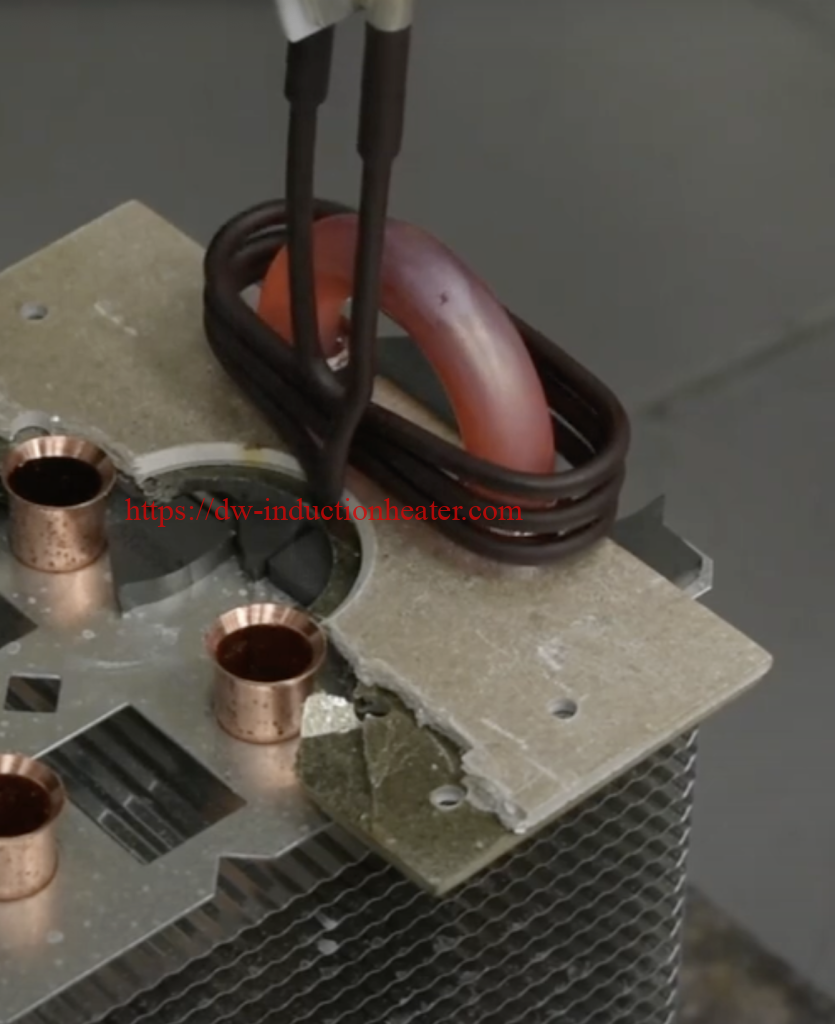
7. Best Practices for HVAC Brazing with Induction Heating Systems
Setting Up Your Heating System for Optimum Effectiveness
- Use appropriately sized induction coils for consistent heat distribution.
- Calibrate the system to match the material and joint requirements.
Cleaning, Alignment, and Heat Control
- Ensure all component surfaces are clean and free of contaminants.
- Align parts properly to avoid uneven joints.
- Apply precise heat control to prevent overheating or weakening of the material.
8. Common Problems and Troubleshooting in Induction HVAC Brazing
Addressing Improper Joints and Cracks
Cracks can occur when joints are overheated or misaligned. Proper calibration and surface preparation are essential to avoid this issue.
Overheating and Material Failures
Overheating can lead to weakened joints or warping. Regularly monitor the system’s settings and adjust for material thickness to prevent damage.
9. Future Trends in HVAC Brazing Technology
Innovations in Induction Heating Technology
Advancements in automation and real-time monitoring are making induction heating systems smarter and more user-friendly. IoT-enabled systems can track performance metrics and provide predictive maintenance alerts.
Growing Focus on Sustainable HVAC Solutions
As the HVAC industry prioritizes energy efficiency and eco-friendliness, induction brazing aligns perfectly with these goals. Its clean, efficient, and precise nature positions it as a pivotal technology for the future.
10. FAQs on Brazing HVAC Systems with Induction Heating
1.
Why is induction heating better for HVAC brazing?
Induction heating offers precise temperature control, faster processing, and energy efficiency, making it superior to traditional torch brazing.
2.
Can induction brazing be used for all HVAC materials?
Yes, induction brazing works with most materials, including copper, aluminum, and steel.
3.
Is induction brazing safe for indoor HVAC pipe repairs?
Yes, its flameless operation makes it safer for use indoors compared to open-flame torch brazing.
4.
What type of filler metals are best for HVAC induction brazing?
Copper-silver alloys are widely used, but the choice depends on the material and application.
5.
How long does the induction brazing process take?
It’s significantly faster than torch brazing, typically taking just seconds to heat and join components.
11. Conclusion: Why Induction Heating is the Gold Standard for HVAC Brazing
In the ever-evolving field of HVAC technology, induction heating systems stand out as a game-changer for brazing applications. By delivering precision, safety, and energy efficiency, they address many of the drawbacks of traditional brazing methods. From stronger joints to sustainable operations, induction brazing is the future of HVAC system assembly and maintenance. Adopting this cutting-edge solution not only improves productivity but also sets the foundation for a more eco-friendly and technologically advanced HVAC industry.